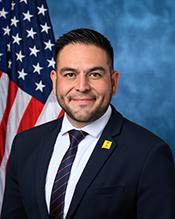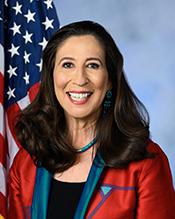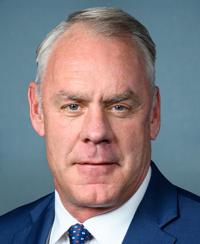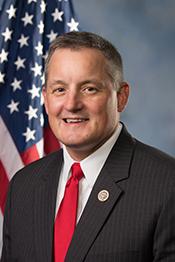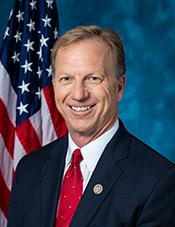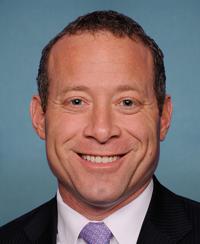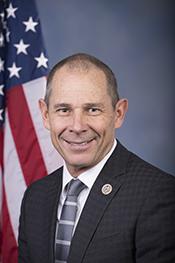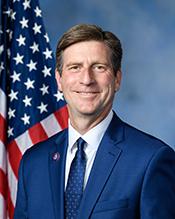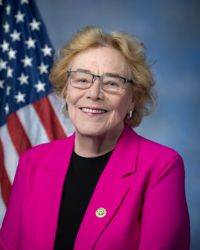H.R. 2235: Habitat Connectivity on Working Lands Act of 2025
The bill, known as the Habitat Connectivity on Working Lands Act of 2025, aims to amend the Food Security Act of 1985 to enhance wildlife habitat connectivity and improve wildlife migration corridors, particularly focusing on big game species like deer and elk. Below is a summary of the key provisions of the bill:
Definitions
The bill introduces specific definitions, including:
- Habitat connectivity: Refers to how well landscape or habitat elements enable native species to move between seasonal habitats.
- Big game species: Native species of large mammals such as wild deer, elk, pronghorn, wild sheep, and moose.
Conservation Programs Amendments
The bill proposes several amendments related to existing conservation programs:
- Regional Conservation Partnership Program: It adds a focus on enhancing wildlife habitat connectivity and big game corridors.
- Environmental Quality Incentives Program (EQIP): Producers may receive financial assistance for planning and implementing practices that enhance habitat connectivity.
- Conservation Stewardship Program (CSP): Allows for cost-share payments for conservation activities on lands enrolled in conservation programs.
Financial Provisions
The bill would:
- Increase the maximum allowable payments for land rental under the conservation reserve program from $50,000 to $125,000.
- Expand funding opportunities for conservation efforts that focus on wildlife habitat connectivity.
Conservation Practices Standards
The Secretary of Agriculture is directed to:
- Incorporate nonstructural methods, like virtual fencing, into conservation practice standards.
- Provide adequate technical assistance for implementing conservation practices that support habitat connectivity.
Research and Extension Areas
In addition to conservation practices, the bill calls for:
- Research on virtual fencing technology, including its adoption barriers and impacts on natural resources.
- Focus on understanding the effects of virtual fencing on crucial habitats for big game species.
Encouragement of Habitat Connectivity
Under the bill, the Secretary may also encourage practices that support:
- Landscape corridors that facilitate the movement of big game species.
- The conservation of hydrologic connectivity that benefits biodiversity.
Overall, this legislation aims to integrate wildlife conservation into agricultural practices, ensuring both agricultural productivity and the preservation of wildlife ecosystems.
Relevant Companies
- DE (Deere & Company) - This company could be impacted as the bill may lead to changes in agricultural practices and land management techniques that could affect the demand for farming equipment.
- AGCO (AGCO Corporation) - Similar to Deere, AGCO, which provides agricultural equipment, might see changes in demand based on how farmers adapt to new conservation practices influenced by this legislation.
This is an AI-generated summary of the bill text. There may be mistakes.
Sponsors
3 bill sponsors
Actions
3 actions
| Date | Action |
|---|---|
| Apr. 18, 2025 | Referred to the Subcommittee on Conservation, Research, and Biotechnology. |
| Mar. 18, 2025 | Introduced in House |
| Mar. 18, 2025 | Referred to the House Committee on Agriculture. |
Corporate Lobbying
0 companies lobbying
None found.
* Note that there can be significant delays in lobbying disclosures, and our data may be incomplete.
